How to stay safe while backpacking: As a backpacker, one of the most important things to consider is your safety. While backpacking can be a thrilling and adventurous experience, it can also be dangerous if you’re not properly prepared.
In this article, we’ll cover the 7 awesome essentials you need to take with you to ensure your safety while backpacking.
From unexpected weather conditions to getting lost in the wilderness, backpacking can be dangerous if you’re not prepared. Interest piqued? Keep reading to discover the best tips and tricks on how to stay safe while backpacking.
We’ll cover everything from packing the right gear to emergency procedures, and everything in between. You’ll learn how to navigate unfamiliar territories and what to do in case of an emergency.
Desire to stay safe on your next backpacking trip is a must. No one wants to be caught off guard in an unpredictable situation. It’s important to plan ahead, be aware of your surroundings, and take precautions to ensure a safe and enjoyable trip.
So, are you ready to embark on your next backpacking adventure? Don’t leave home without reading this essential guide on how to stay safe while backpacking. Trust us, your safety is worth the extra effort.
Follow these tips and you’ll be well on your way to a successful and safe backpacking trip. Action is necessary to ensure your safety while backpacking. So, start taking notes and planning your next trip with safety in mind.
It’s time to hit the trails with confidence, knowing you’re equipped with the knowledge to stay safe while backpacking.
How to stay safe while backpacking
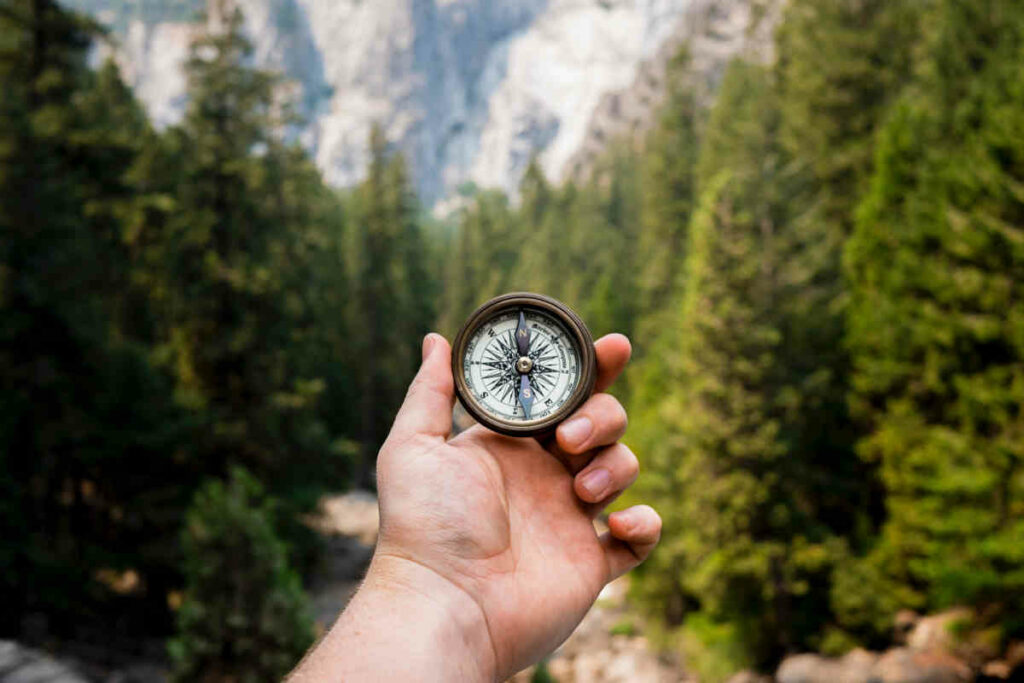
1. Navigation
When you’re out in the wilderness, it’s essential to have a reliable way of finding your way around. While GPS devices and smartphone apps can be useful, they are not always reliable.
That’s why it’s crucial to have a map and compass. A map and compass can help you find your way even when technology fails.
Make sure you know how to read a map and use a compass, and always have a backup plan in case your primary navigation method fails.
Additionally, relying solely on technology can be risky, especially in remote areas where cell phone signals can be weak or nonexistent.
Electronic devices can also run out of battery or malfunction, leaving you stranded without any means of navigation.
In contrast, a map and compass are not dependent on any external factors, making them an essential tool for hikers, campers, and other outdoor enthusiasts.
It’s also important to keep your map and compass dry and in good condition. Moisture can cause paper maps to tear or become unreadable, and a compass can lose its accuracy if it gets wet.
Additionally, make sure to update your maps regularly and carry a compass with a declination adjustment to ensure accurate navigation.
Overall, learning how to use a map and compass is a valuable skill that can enhance your outdoor experience while also keeping you safe.
So, before your next wilderness adventure, make sure to pack a map and compass, and take the time to learn how to use them effectively.
Top pick
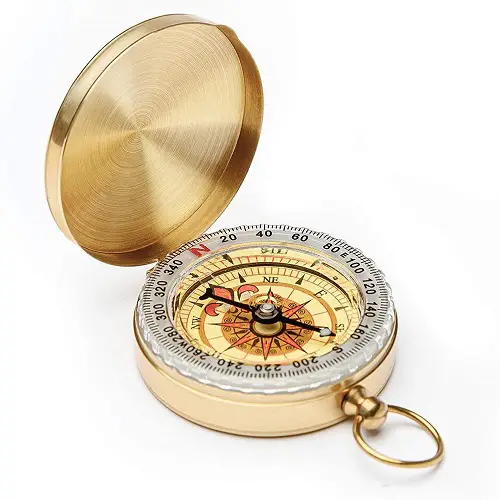
Editor’s choice
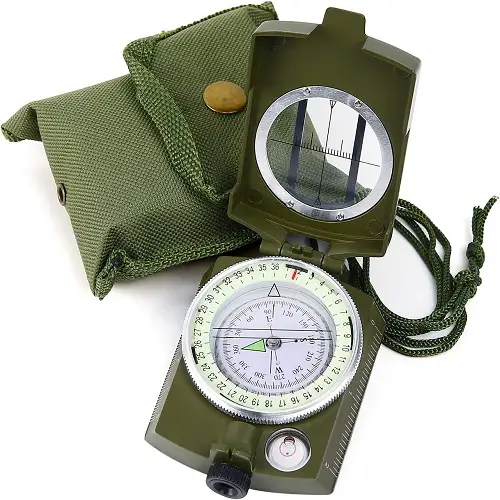
Best value
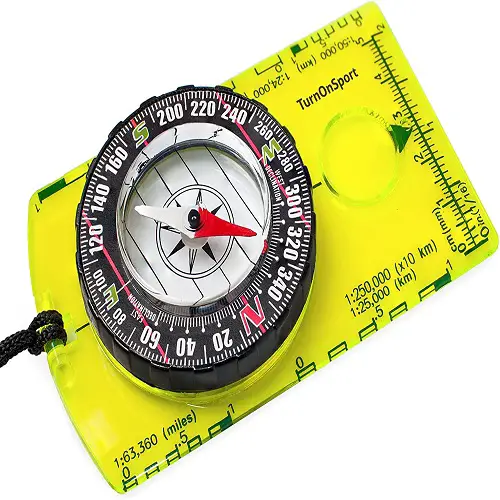
Also see: How to Backpack with Eggs?
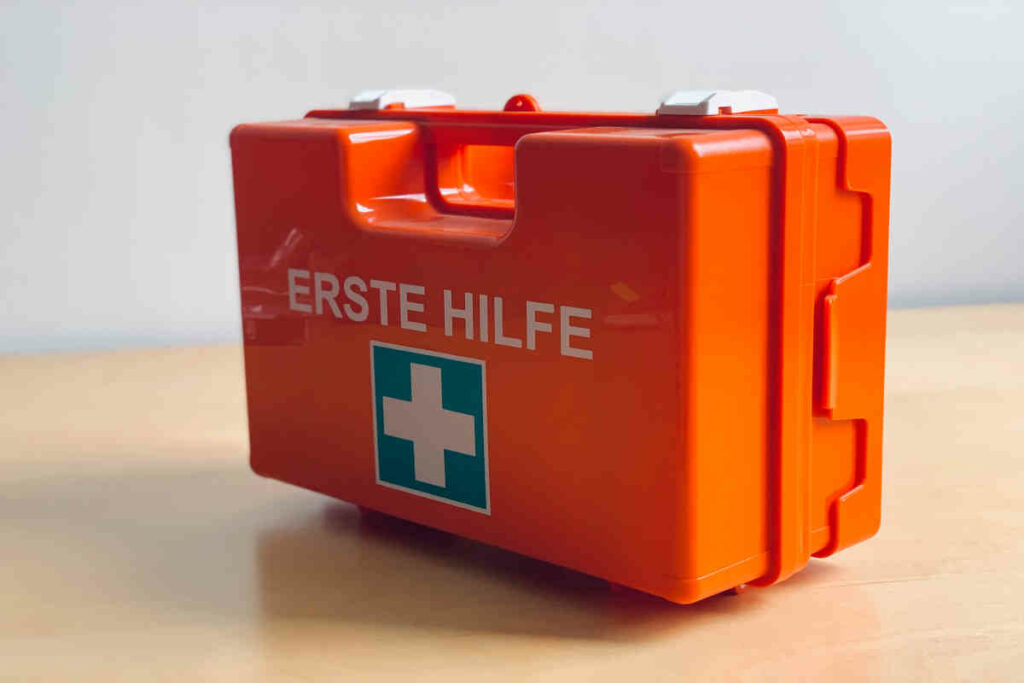
2. First aid kit
Another essential item to take with you on your backpacking trip is a first aid kit. A first aid kit can help you treat minor injuries and illnesses while you’re out in the wilderness.
Some essential items to include in your first aid kit are bandages, antiseptic wipes, pain relievers, and any prescription medication you need. Be sure to customize your first aid kit to your specific needs and any medical conditions you have.
It’s also crucial to know how to use the items in your first aid kit before you set out on your backpacking adventure. Consider taking a basic first aid course or brushing up on your knowledge before you go.
Knowing how to treat common injuries like blisters, cuts, and burns can make a significant difference in your comfort and safety on the trail.
In addition to packing a first aid kit, it’s also wise to carry a whistle and a signaling mirror. These items can be used to attract attention in case of an emergency or if you get lost.
It’s also essential to let someone know where you’re going and when you plan to return. That way, if you don’t come back on time, they can contact the authorities and start a search and rescue mission.
Overall, backpacking can be a fantastic experience, but it’s important to be prepared for the unexpected.
By packing a customized first aid kit, learning basic first aid skills, and carrying signaling devices, you can ensure your safety and have a successful trip.
Top pick
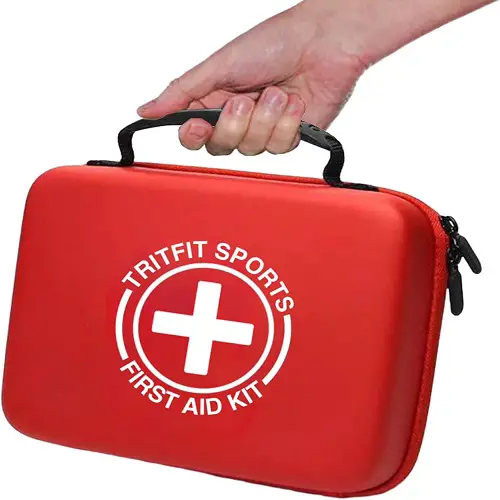
Editor’s choice
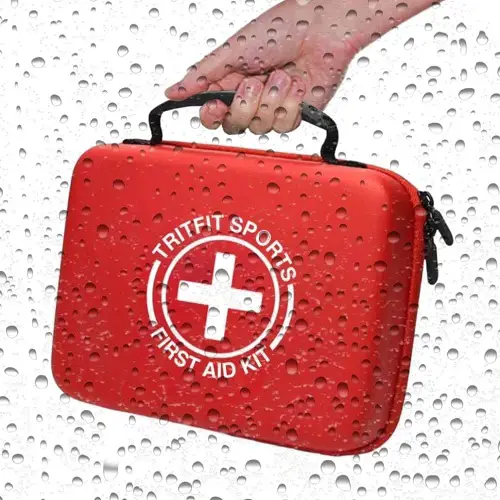
Best value
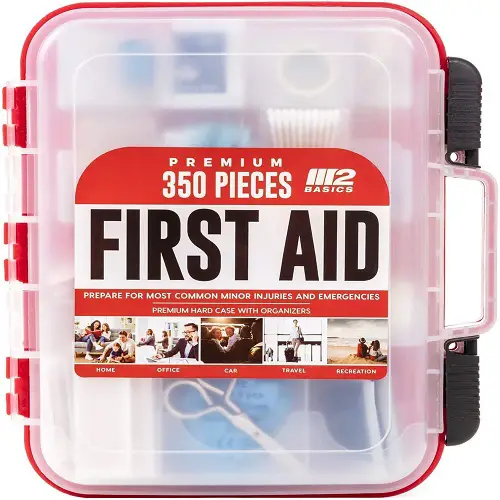
Also see: How to Pack Eggs for Backpacking?
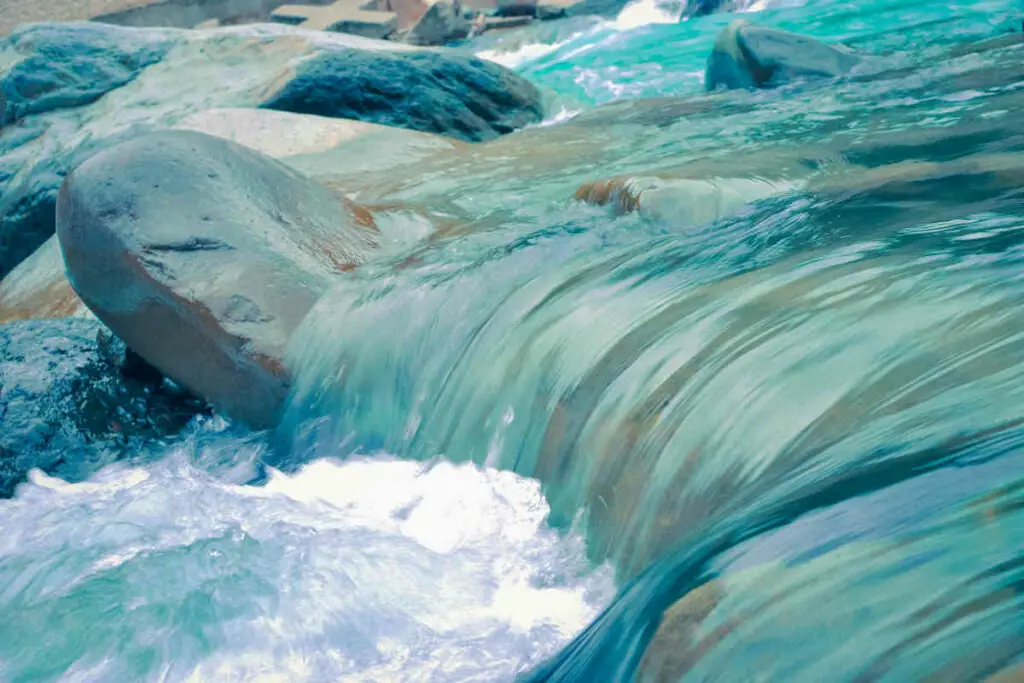
3. Water filtration system
Water is essential for survival, but it’s not always safe to drink directly from natural sources. That’s why having a water filtration system is essential. There are different types of water filtration systems, including pump filters, gravity filters, and straw filters.
Consider the type of backpacking you’ll be doing and the water sources you’ll encounter when choosing a water filtration system. If you are planning a backpacking trip, it’s important to consider the type of water filtration system you’ll need.
The type of filtration system you choose will depend on the type of backpacking you’ll be doing and the water sources you’ll encounter along the way.
Pump filters are a popular option for backpackers because they are lightweight and can remove most bacteria and viruses. These filters work by using a pump to force water through a filter, removing impurities as it goes.
Gravity filters are another popular option, especially for larger groups of backpackers. These filters use gravity to pull water through a filter, making them easy to use and highly effective.
Straw filters are ideal for solo backpackers who need a lightweight, compact filtration system. These filters work by allowing the user to drink directly from the water source through a straw-like device that contains a filter.
Regardless of the type of water filtration system you choose, it’s important to keep in mind that regular maintenance and cleaning are essential to keep your filter working effectively.
With the right filtration system and proper maintenance, you can enjoy safe, clean water on your backpacking trips and stay hydrated and healthy.
Top pick
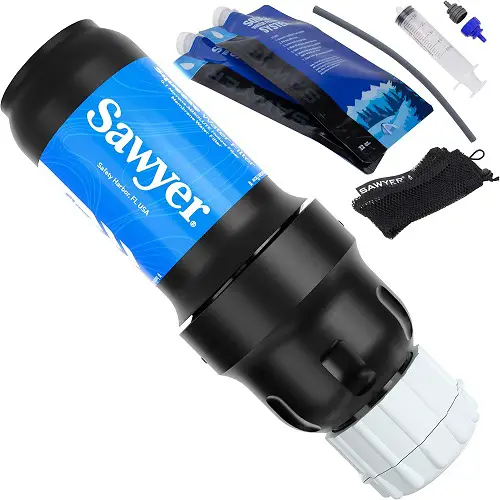
Editor’s choice
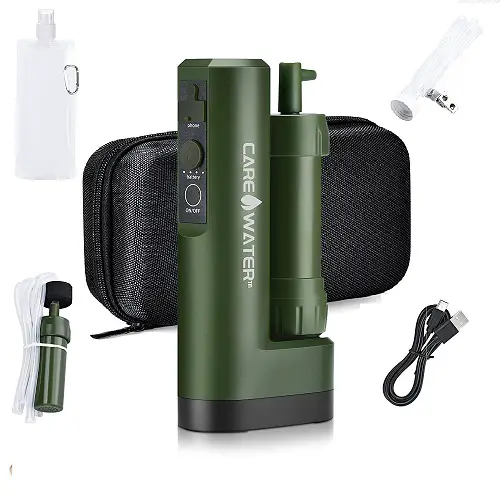
Best value
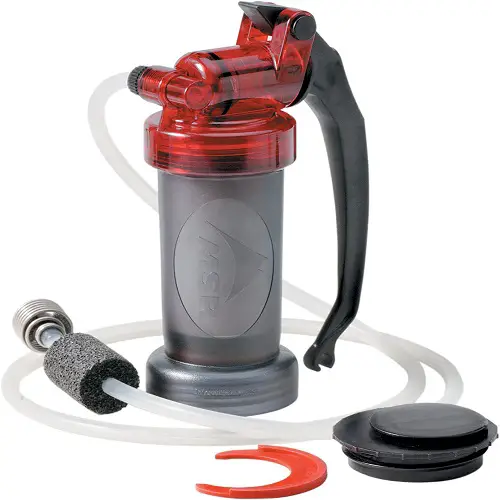
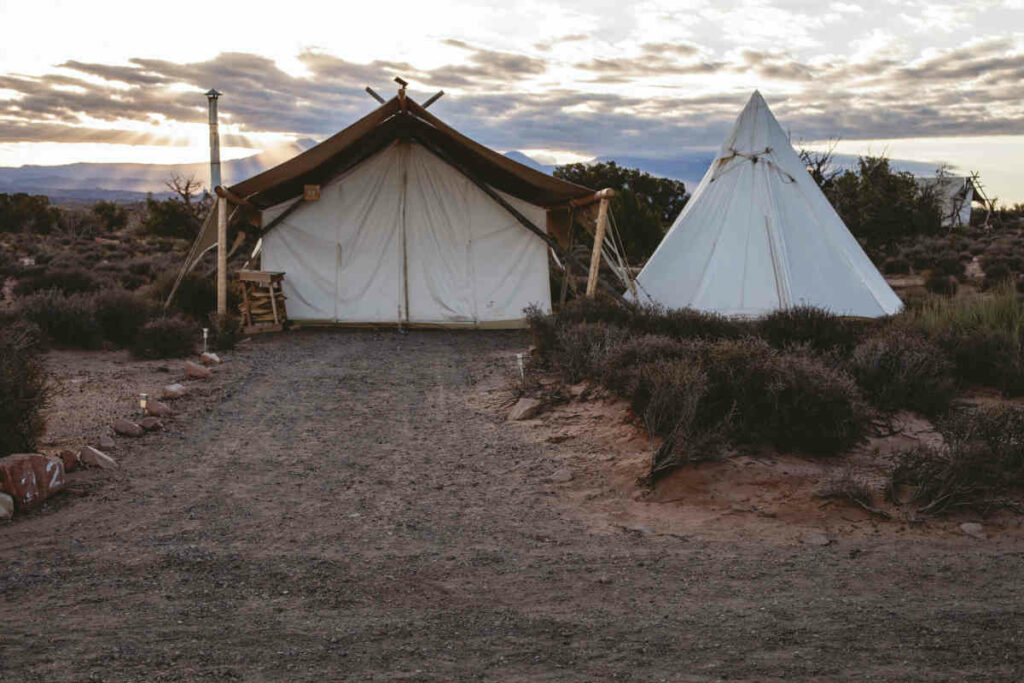
4. Emergency shelter
You never know when an emergency situation might arise when backpacking. That’s why having an emergency shelter is crucial. There are different types of emergency shelters, including tents, bivy sacks, and tarps.
Consider the type of backpacking you’ll be doing and the weather conditions you’ll encounter when choosing an emergency shelter.
When choosing an emergency shelter for backpacking, it’s important to consider the type of backpacking you’ll be doing and the weather conditions you’ll encounter.
If you’re planning on doing long backpacking trips or camping in areas with unpredictable weather, a sturdy tent may be the best option.
Tents come in a range of sizes and shapes, from ultralight backpacking tents to larger family camping tents.
Look for a tent that’s easy to set up and take down, as well as one that provides adequate ventilation to prevent condensation build-up inside.
Bivy sacks are a good option for those who want to travel light and fast. These lightweight shelters are designed to fit snugly over your sleeping bag and provide protection from the elements.
They are great for emergency situations or for use in areas where you don’t expect to spend much time, such as a quick overnight stay. Tarps are another option for emergency shelter.
They are lightweight and versatile, and can be set up in a variety of ways depending on the weather conditions. Tarps can be used as a shelter, ground cover, or even a makeshift poncho in a pinch.
No matter what type of emergency shelter you choose, make sure it’s durable and reliable. You never know when you’ll need it, so it’s important to be prepared for any situation when backpacking.
Top pick
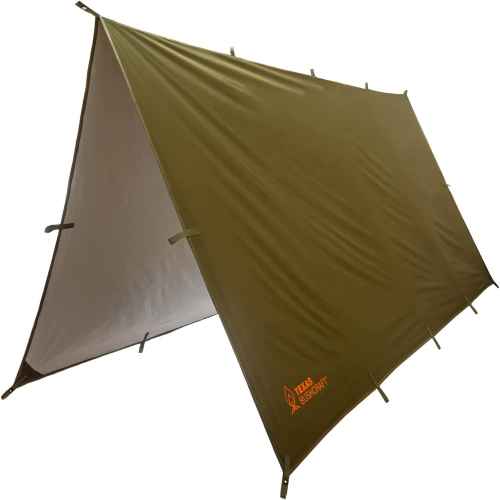
Editor’s choice
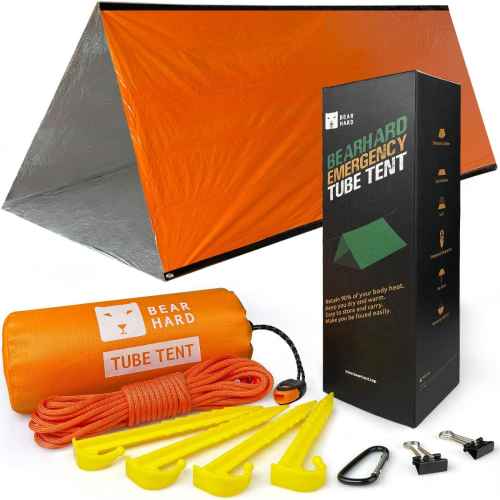
Best value
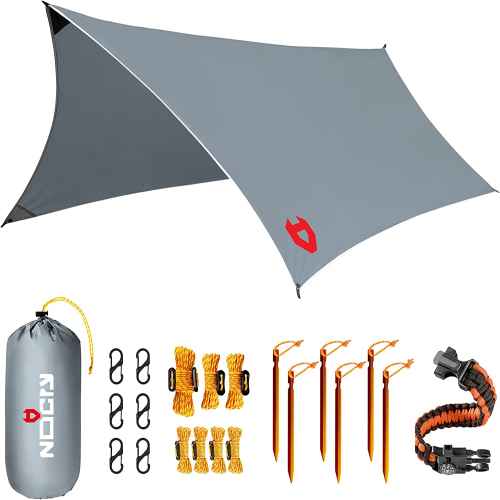
Also see: Can You Take Eggs Backpacking?
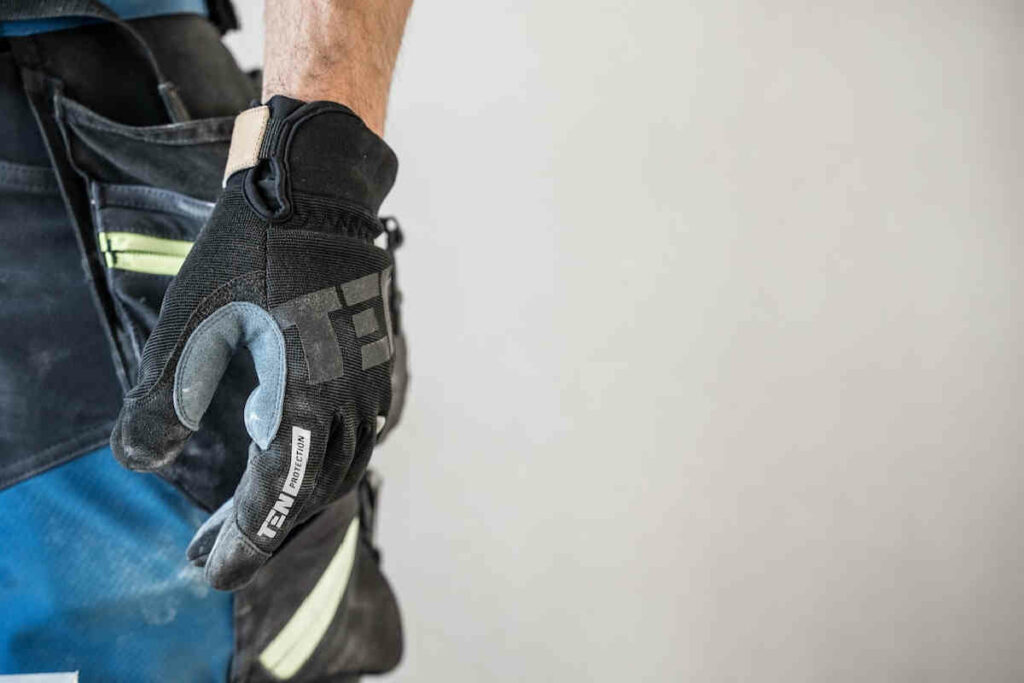
5. Personal protection
While backpacking, it’s essential to protect yourself from potential threats. Personal protection items such as pepper spray and whistles can help you stay safe in wildlife areas.
Be sure to research the potential threats you might encounter and take the necessary precautions to protect yourself. In addition to personal protection items, there are several other measures you can take to ensure your safety while backpacking.
One of the most important things to do is to let someone know where you are going and when you plan to return. This way, if something goes wrong, someone will know to look for you.
Another key safety measure is to be aware of your surroundings at all times. This means staying alert and paying attention to any potential hazards, such as uneven terrain or dangerous wildlife.
Avoid hiking alone, especially in unfamiliar areas, and stick to established trails whenever possible. It’s also important to pack appropriately for your trip.
This means bringing plenty of water, food, and clothing to protect you from the elements. If you’re planning to camp, make sure you have a sturdy tent and sleeping bag to keep you warm and dry.
By taking these precautions and being prepared for potential threats, you can enjoy a safe and enjoyable backpacking trip. Remember, the key to staying safe is to be proactive and always be aware of your surroundings.
Top pick

Editor’s choice
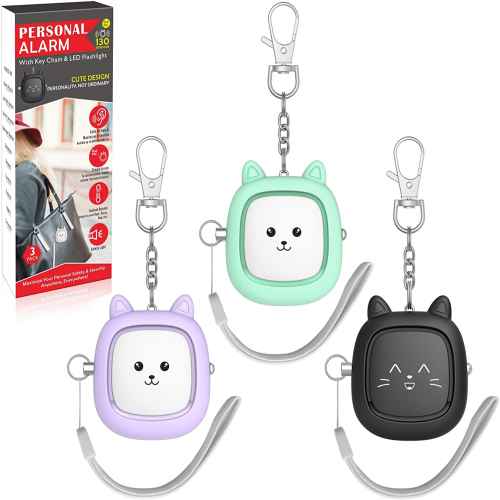
Best value
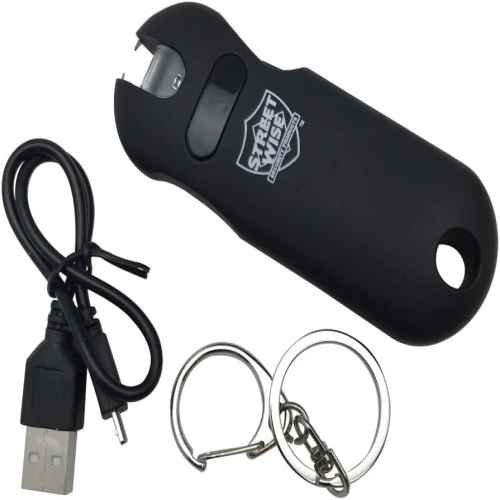
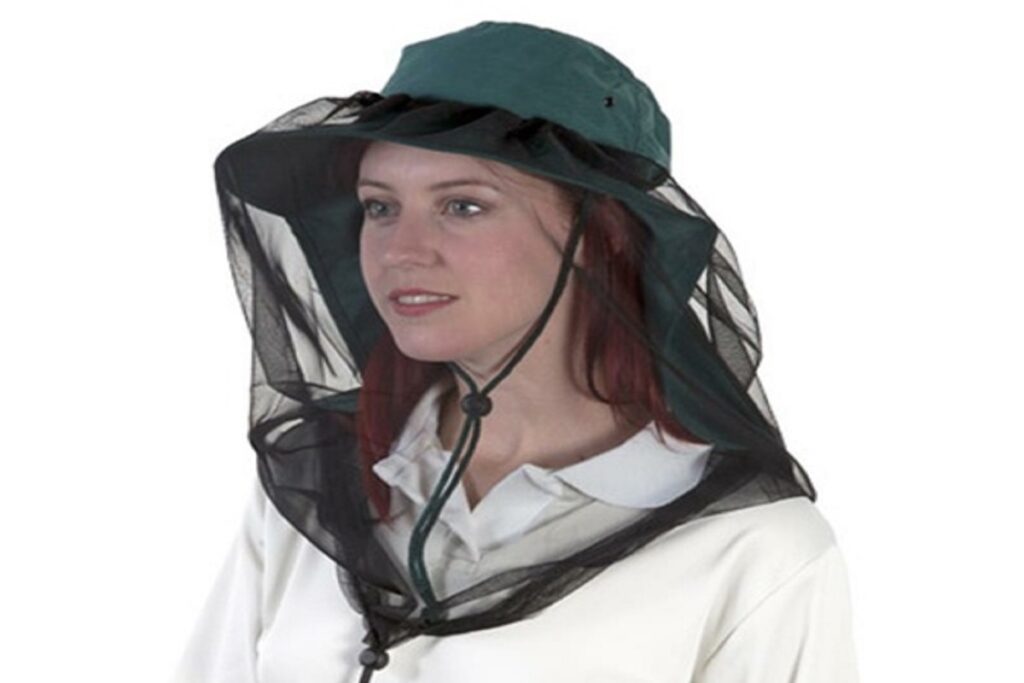
6. Sun and insect protection
Sun and insects can be dangerous while backpacking. That’s why it’s important to include sunscreen and insect repellent in your backpacking essentials.
Make sure to apply sunscreen frequently and wear clothing that covers your skin to protect yourself from the sun’s harmful rays. Insects can be a nuisance, so it’s important to take measures to protect yourself from insect bites.
When backpacking in areas with high insect activity, wearing long-sleeved clothing, pants, and socks can be beneficial in preventing bites. Additionally, using insect repellent with DEET or other effective ingredients can keep bugs at bay.
It’s also a good idea to set up your tent away from stagnant water, as this can attract mosquitoes and other biting insects. Some hikers even choose to bring a mosquito net to hang over their sleeping area for added protection.
Insects can carry diseases, so it’s crucial to avoid getting bitten whenever possible. If you do get bitten, wash the affected area with soap and water and apply an anti-itch cream or calamine lotion to relieve the itch.
Be on the lookout for any signs of an allergic reaction or infection and seek medical attention if necessary.
By taking these precautions, you can ensure a safer and more enjoyable backpacking experience. Remember to stay vigilant and prepare for the unexpected when exploring the great outdoors.
Top pick
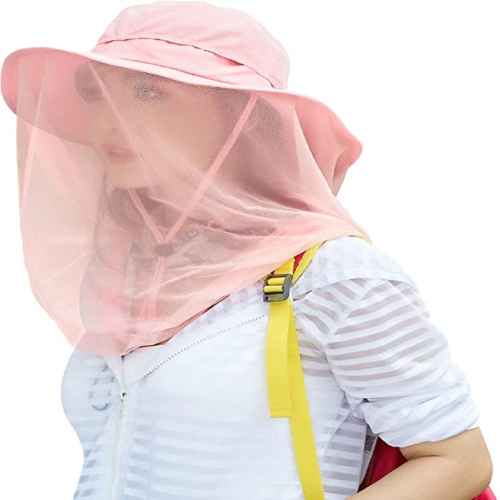
Editor’s choice
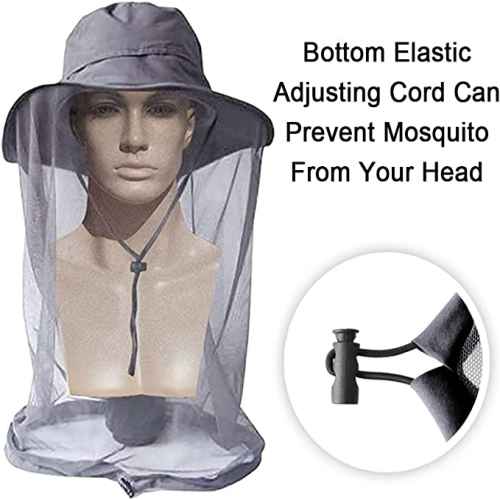
Best value

Also see: Taking Fresh Eggs Backpacking

7. Communication
Finally, it’s important to have a way to communicate while backpacking. Consider bringing a radio or satellite phone to stay connected in case of an emergency.
Make sure to have a backup power source for your communication device, such as extra batteries or a solar charger. When you’re backpacking, you never know what kind of situation you might find yourself in.
Having a reliable means of communication can be a literal lifesaver, especially if you’re in a remote area without any other means of calling for help.
A radio or satellite phone can provide a reliable way to communicate, even in areas where there is no cell phone coverage. However, it’s also important to be prepared for the possibility that your communication device may run out of power.
That’s why it’s crucial to bring a backup power source, such as extra batteries or a solar charger. Solar chargers are particularly useful, as they allow you to recharge your devices using nothing but the power of the sun.
Just be sure to check the weather forecast before you go, as cloudy or overcast weather can make it more difficult to charge your devices.
In addition to bringing a communication device and backup power source, it’s also a good idea to let someone know where you’re going and when you plan to return.
This way, if something goes wrong and you can’t call for help, search and rescue teams will have a better idea of where to look for you.
With these precautions in place, you can enjoy your backpacking trip with the peace of mind that comes from knowing you’re prepared for whatever may come your way.
Top pick
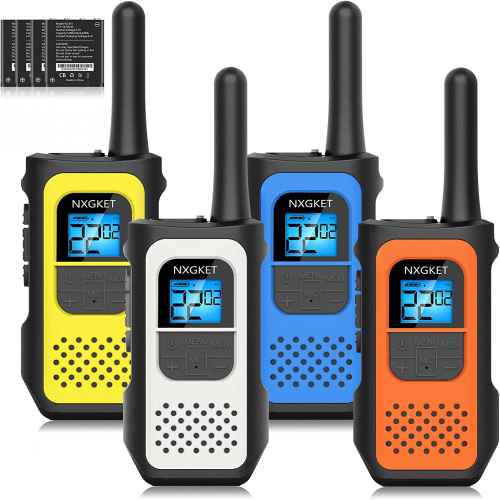
Editor’s choice
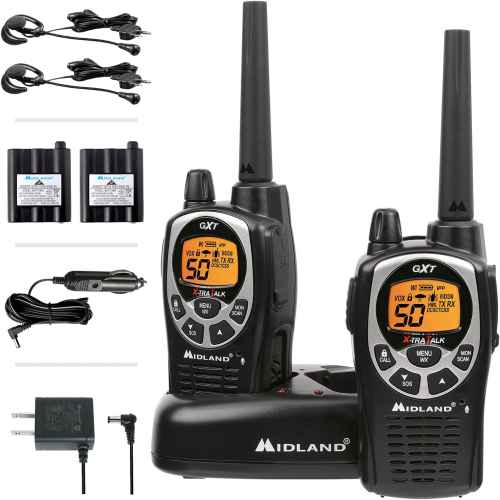
Best value
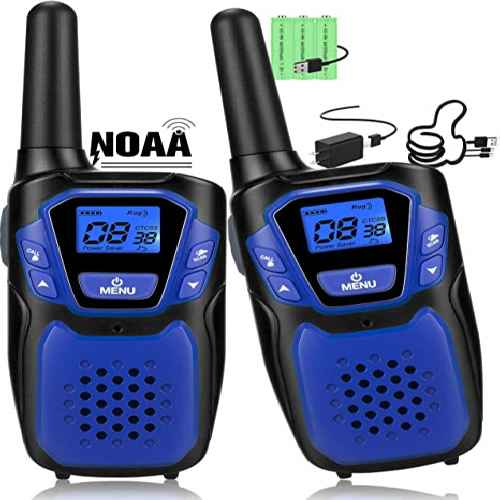

8. Extra food
When planning a backpacking trip, it’s essential to pack enough food to sustain yourself during the journey. In fact, it’s always wise to carry a little more than what you think you’ll need. This is where the concept of extra food comes into play.
Extra food is essential while backpacking because it provides a safety net in case of unforeseen circumstances such as getting lost or delayed.
It’s always a good idea to carry food that doesn’t spoil quickly, such as canned goods or dehydrated meals. Additionally, carrying a few energy bars or snacks can be a lifesaver during the trip.
Moreover, extra food can provide an opportunity to share and bond with fellow backpackers. Sharing food with others can create a sense of community and make the trip more enjoyable.
Extra food is a crucial component of any backpacking trip. It ensures that you are well-fed and prepared for any unexpected situations. So, pack a little more than what you think you’ll need and enjoy your adventure!
Top pick

Editor’s choice

Best value

Also see: Beaches with the Clearest Water
FAQ
1. What are some essential items to pack for a safe backpacking trip?
Map, compass, first aid kit, water filter, extra food, appropriate clothing, and emergency shelter.
2. How do I prepare for unexpected weather while backpacking?
Pack appropriate layers, check the weather forecast, bring rain gear, and know emergency shelter options.
3. What precautions should I take to protect myself from wildlife?
Stay aware, make noise, store food safely, keep a safe distance, and never approach or feed wildlife.
4. What are some safety tips for camping in remote areas?
Plan ahead, bring proper gear, inform others of your plans, and be aware of wildlife.
5. How do I stay safe when traveling alone while backpacking?
Stay alert, trust your instincts, research the area, and let others know your plans.
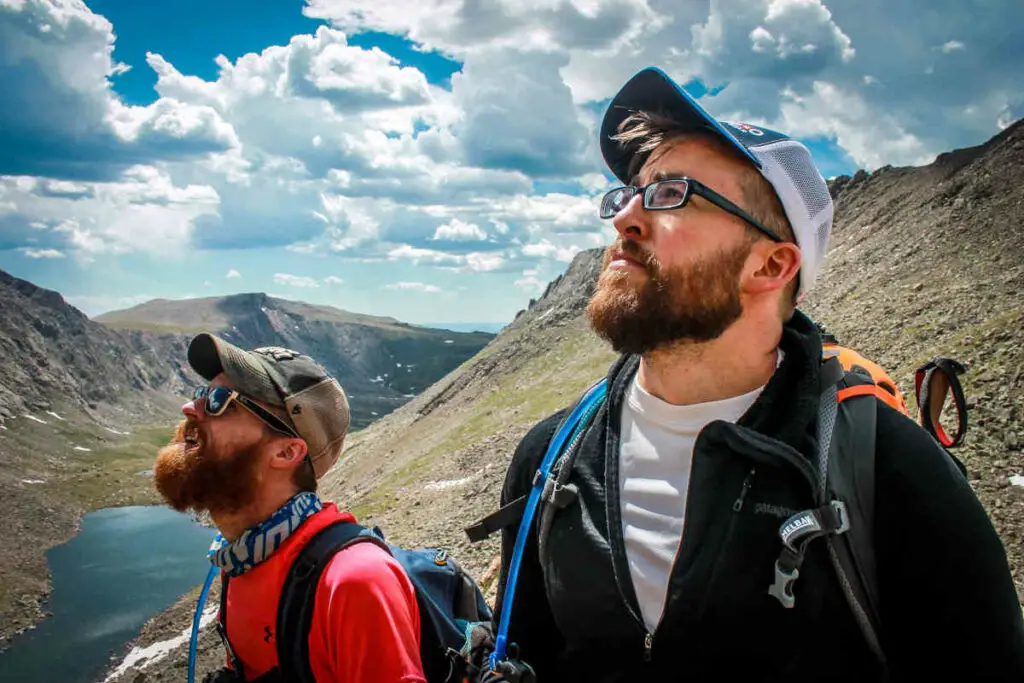
Conclusion
In summary, backpacking can be a thrilling experience, but it’s important to stay safe. Taking the 7 awesome essentials we’ve covered in this article with you on your backpacking trip can help ensure your safety.
Always be prepared, do your research, and take the necessary precautions to stay safe while backpacking. Share your own tips and experiences in the comments below!
Backpacking can be an unforgettable adventure, full of new experiences and breathtaking scenery. However, it’s important to remember that unexpected situations can arise, and being prepared is key to staying safe.
Before embarking on your trip, research the area you’ll be exploring, including weather patterns, wildlife, and any potential hazards.
Additionally, always let someone know your itinerary and expected return date, and carry a first-aid kit and sufficient food and water.
Remember to leave no trace and respect the environment, and never hesitate to turn back if conditions become unsafe. Share your own tips and experiences in the comments below and happy backpacking!
Also see: Are There Sharks in The Great Lakes?

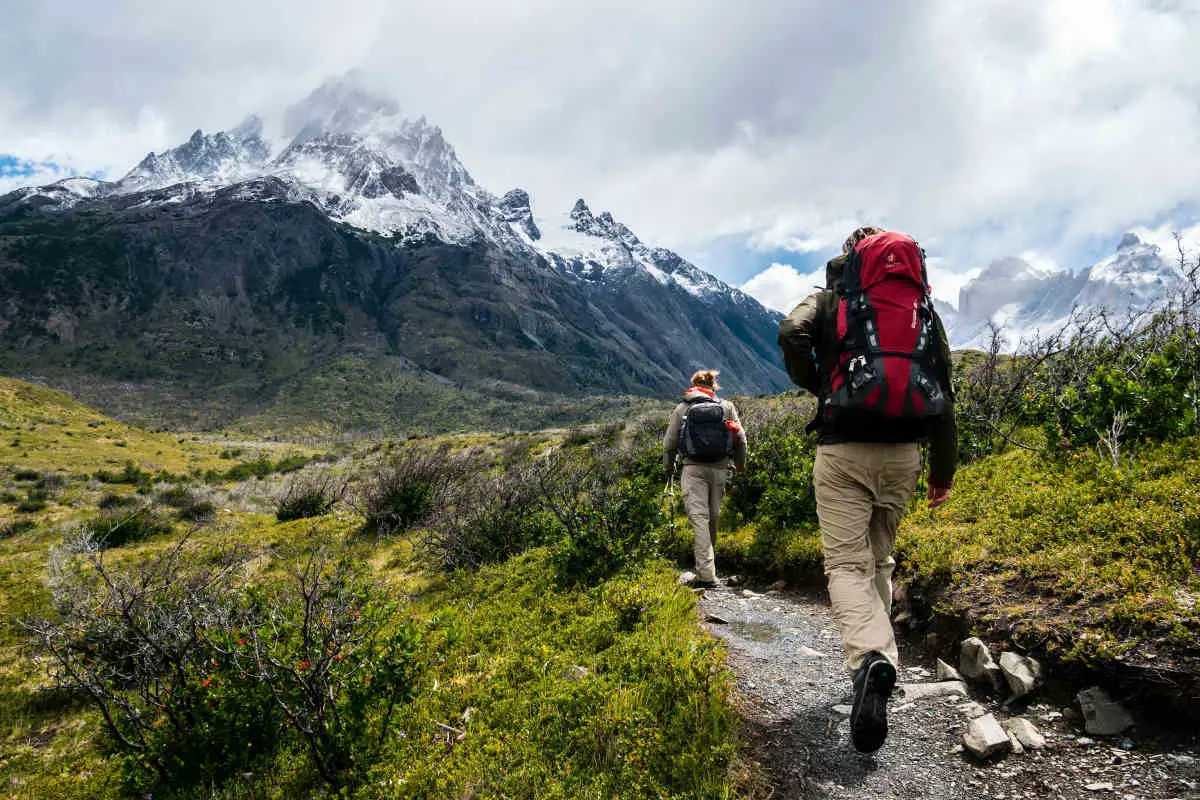

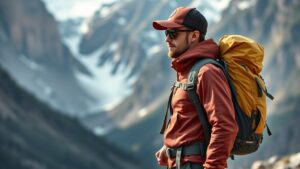
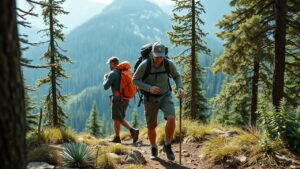
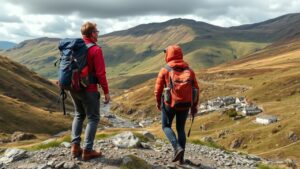



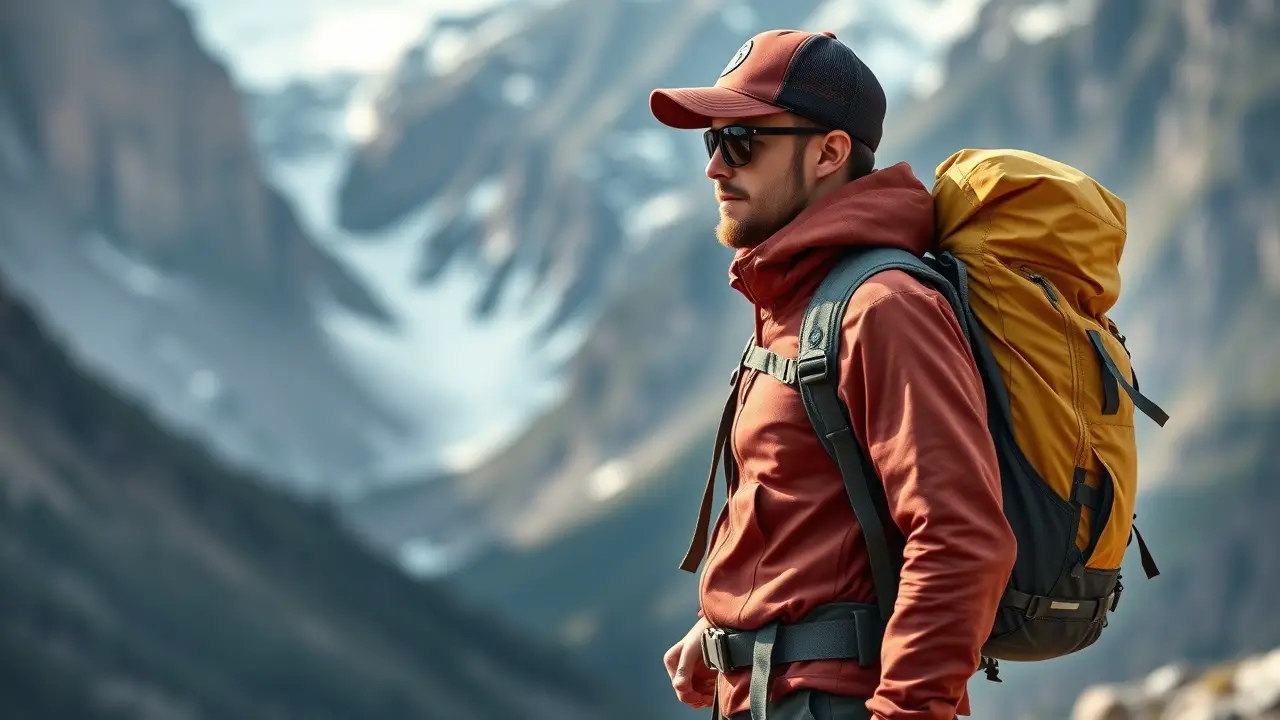
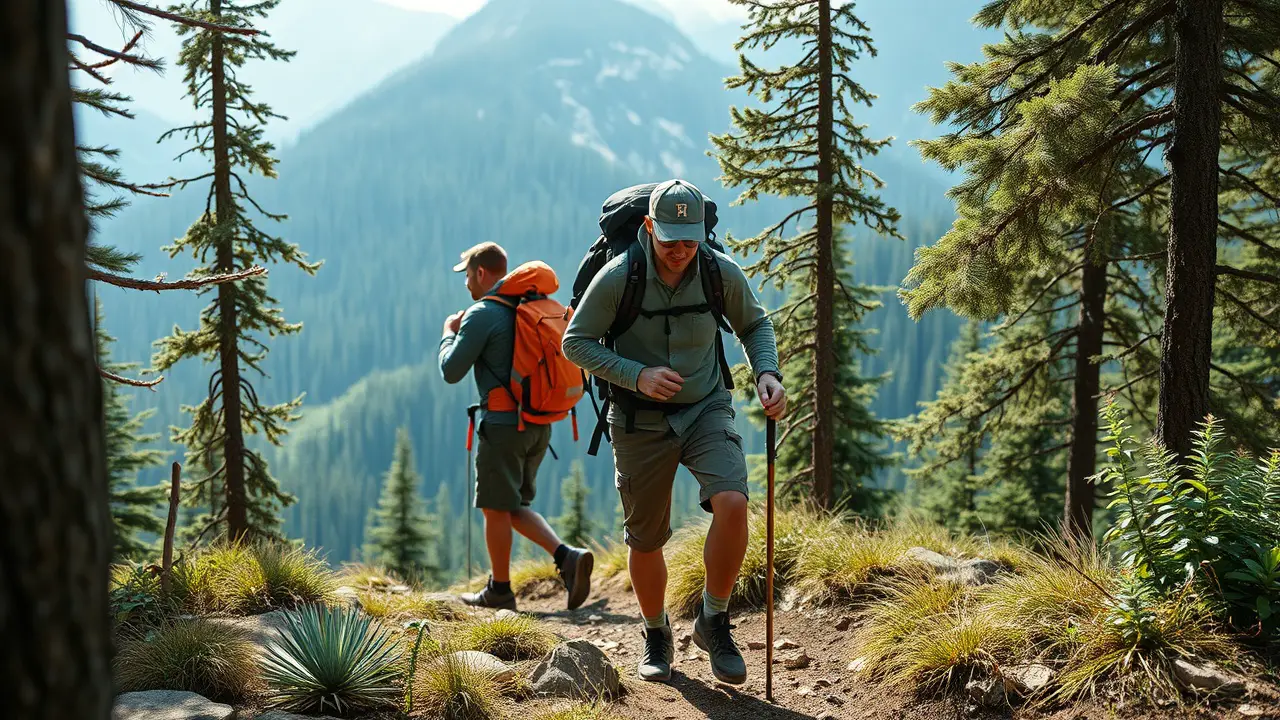
Leave a Reply